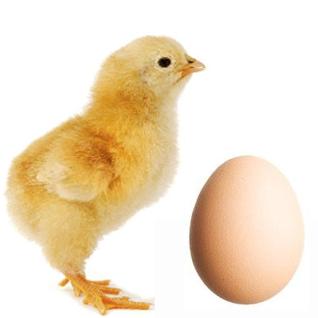Chickens and eggs – leaders in energy performance

It is reported that poultry and eggs are leaders in energy performance for livestock, with the lowest levels of Global Warming Potential (GWP) when compared with beef, pork, lamb.
Dr Adrian Williams at Cranfield University, Bedfordshire, UK, has investigated the consumption of primary resources such as minerals and fossil fuels on 10 differing farming systems. This study was a life cycle assessment (LCA) to determine the intensity of the environmental “footprint†that each one generates.
According to Dr Williams, poultry and eggs are the leaders in energy performance for livestock, with the lowest levels of Global Warming Potential (GWP) when compared with the performance levels of beef, pork, lamb and wool production.
“The sector should give itself a pat on its back,” says Dr Williams.
Cage, barn, free-range and organic
The study, which was funded by Defra, also compared the environmental impact of cage, barn, free-range and organic egg production in relation to GWP.
Findings demonstrated a significantly higher energy use associated with organic, free-range and barn egg production, due to greater land requirements for these systems and less efficient feed conversion than that needed by layer hens in cage egg production.
While the Global Warming potential differs depending on the farming methods, the chicken and the egg are both winners in energy performance, he says.
Read the article from World Poultry Vol 23 No 12: “Intensive poultry production better for global warming”













